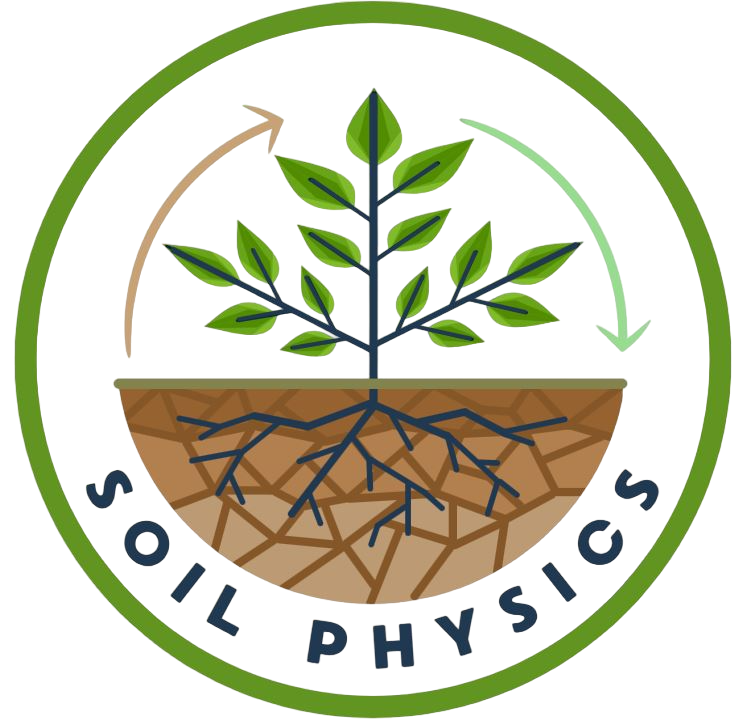Frederic Leuther: Theses supervised
Bachelor's Theses | |
| Theresa Wittig |
The effect of soil structure on soil evaporation Supervisor: Frederic Leuther, Efstathios Diamantopoulos |
| Alina Langaki |
The effect of crop resiudes on soil hydraulic properties Supervisor: Frederic Leuther, Efstathios Diamantopoulos |
| Lara Ketterer (2024) |
The effect of fluorinated ski wax on the wetting properties of sandy and loamy soils Supervisor: Frederic Leuther, Efstathios Diamantopoulos |
Master's Theses | |
| Sarah Bossinger |
Einfluss der Bodeneigenschaften auf die Verteilung der Naturverjüngung im Klimawald Bayreuth Supervisor: Frederic Leuther, Eva Lehndorff |
| Adina Rauscher (2024) |
Experimental and numerical investigation of the fate of insoluble pollutants in the rhizosphere Supervisor: Frederic Leuther, Efstathios Diamantopoulos, Eva Lehndorff |
| Hai Anh Nguyen (2024) |
Simultaneous quantification of water states, fluxes and bVOCS emissions in agriculture soils Supervisor: Frederic Leuther, Anke Nölscher, Efstathios Diamantopoulos |

